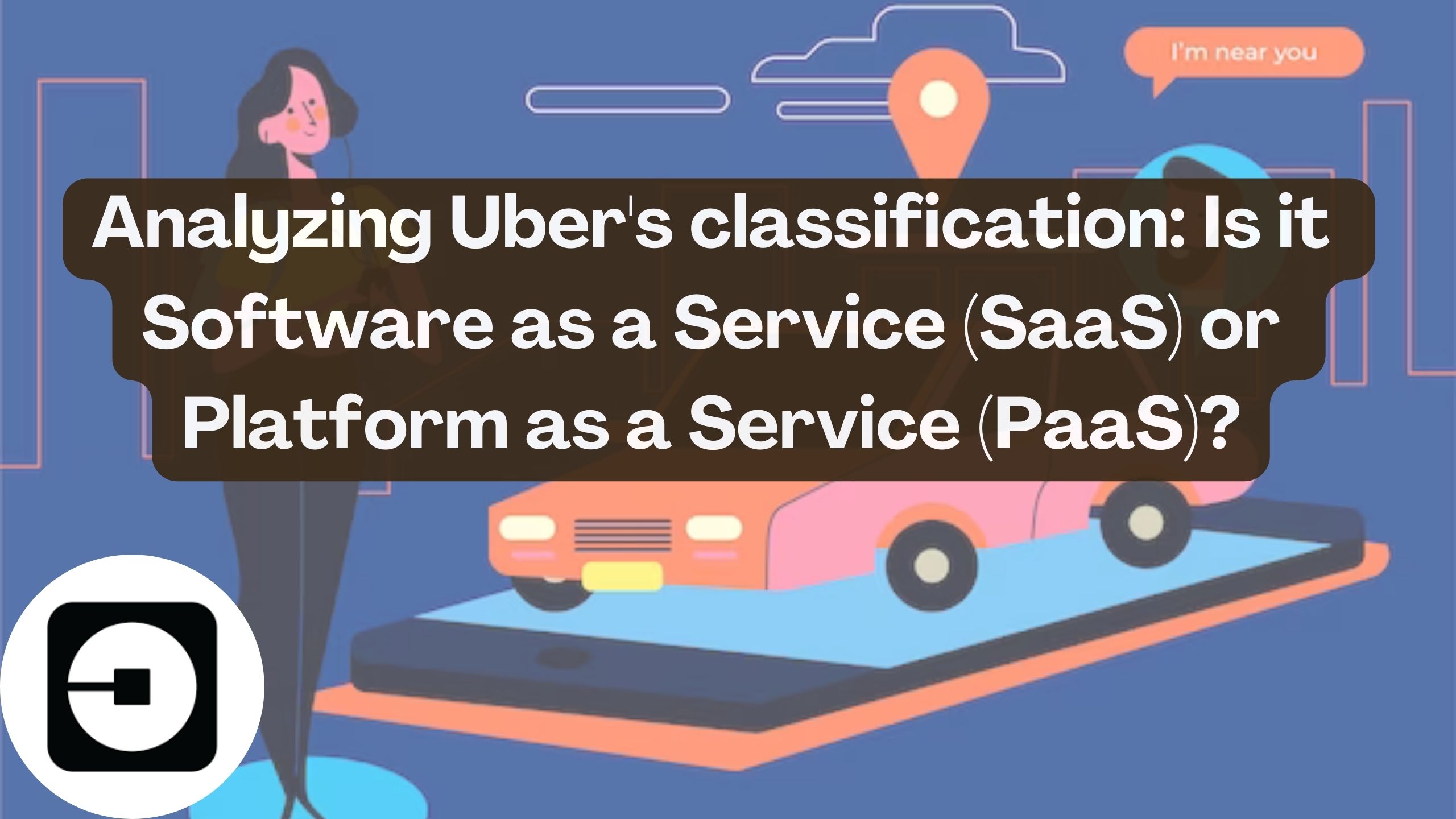Analyzing Uber’s classification: Is it Software as a Service (SaaS) or Platform as a Service (PaaS)?
- Expense Management Software Credit Cards Investing Business Solutions


Analyzing Uber’s Classification: Is it Software as a Service (SaaS) or Platform as a Service (PaaS)?
The realm of Software as a Service (SaaS) and Platform as a Service (PaaS) has witnessed significant growth, with businesses across industries adopting these models to enhance their operations. In this article, we delve into the intriguing case of Uber and analyze whether it falls under the category of SaaS or PaaS. Let’s explore this classification puzzle and highlight relevant SaaS products in the process.
Uber’s Enigma: SaaS or PaaS?
Uber, the ride-hailing giant, operates on a complex technological infrastructure, providing both a service and a platform. The debate surrounding its classification as SaaS or PaaS stems from its multifaceted nature.
Understanding Software as a Service (SaaS)
SaaS typically involves delivering software applications over the internet, allowing users to access and use them without the need for installation. In the case of Uber, its app serves as a software tool providing a service—connecting riders with drivers seamlessly.
Deciphering Platform as a Service (PaaS)
PaaS, on the other hand, offers a platform allowing developers to build, deploy, and manage applications without dealing with the complexities of infrastructure. Uber’s technological platform provides the foundation for its vast ecosystem, where developers can integrate and build upon the existing framework.
As we navigate through the intricacies of Uber’s classification, it’s crucial to explore other relevant SaaS products that contribute to the broader landscape of software and platform services.
Relevant SaaS Products
- Salesforce: A leading CRM platform that exemplifies the SaaS model, providing businesses with a suite of tools for customer relationship management.
- AWS (Amazon Web Services): A comprehensive PaaS offering, AWS allows developers to build, deploy, and scale applications seamlessly using its cloud infrastructure.
- Zoom: A popular video conferencing tool showcasing the power of SaaS, enabling users to connect and collaborate remotely.
- Heroku: A PaaS platform that simplifies the deployment and management of applications, emphasizing ease of use for developers.
- Slack: An example of SaaS, Slack offers a collaboration platform that facilitates communication and teamwork within organizations.
- Subscribed.FYI: A centralized platform for understanding, comparing, and managing SaaS tools, catering to freelancers and small teams.
Conclusion
In the enigmatic case of Uber, the classification appears to straddle both SaaS and PaaS. The application serves as a software tool (SaaS) connecting users, while the underlying platform enables developers to innovate and extend the service (PaaS). The blurred lines reflect the evolving nature of technology and business models.
For those seeking clarity in managing their SaaS stack, Subscribed.FYI emerges as a beacon of assistance. Designed for freelancers and small teams, Subscribed.FYI provides a centralized platform for understanding, comparing, and managing SaaS tools. It aligns with the challenges faced by users navigating the complexities of subscription services.
At Subscribed.FYI, our mission is to empower freelancers, agencies, and teams by simplifying decision-making and enhancing productivity in the realm of SaaS tools. Unlock secret deals, manage subscriptions effortlessly, and gain comprehensive insights—all in one centralized platform.
Explore Subscribed.FYI Deals for exclusive deals relevant to the themes discussed in this article. Discover how these deals align with the insights provided, offering additional value to your SaaS journey. Your secret deals are just a click away!





